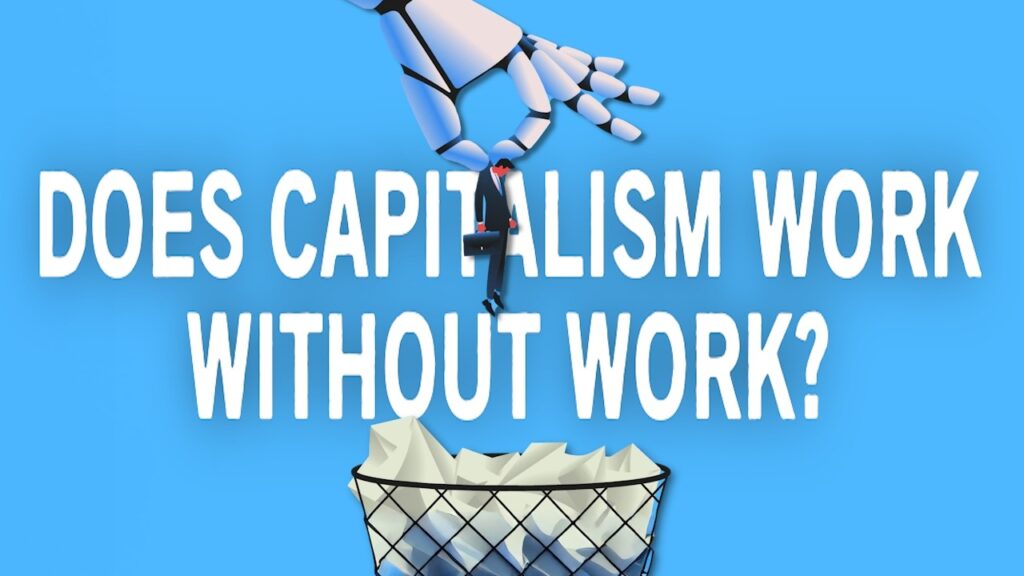The Future of Work: How Automation and AI Could Reshape Jobs, Wealth, and Society

I’ve been following the evolution of automation closely, and the pace of change is staggering. What started as science-fiction dreams—like the Tin Man—has become a reality where robots and artificial intelligence can perform tasks more efficiently than humans. The Bureau of Labor Statistics estimates that 42% of U.S. jobs are at high risk of automation, while Pew Research believes that figure could be as high as 90%. That includes many white-collar positions once thought safe. If that shift happens in the next decade, the disruption to our economy will be unlike anything we’ve seen, with younger workers facing the steepest uphill climb.
From an economic perspective, a person’s lifetime labor—often valued at over $1 million—could lose much of its worth as machines take over. Wealthy individuals and companies investing in AI and robotics stand to benefit the most, while displaced workers could face wage compression as they compete for fewer roles. We’re already seeing hundreds of billions invested into automation, with companies like Tesla betting on full self-driving taxis and humanoid robots such as Optimus.
Humanoid robots are designed to work in environments built for humans, using standard tools and infrastructure. With projected production costs of $20,000–$30,000, they could become as common as entry-level cars. While critics say specialized machines will remain more efficient for some tasks, the potential scale—and profit—makes humanoid robots one of the most talked-about markets today. Even if the hype turns into a bubble, the short-term investment opportunities could be massive.
The societal challenge is clear: what happens when the value of a person’s work hours is no longer the main driver of their financial security? Solutions like universal basic income and wealth redistribution are being discussed, but these require significant political will and funding, most likely through new taxes on those who benefit most from automation. Recent dockworker strikes and labor agreements limiting automation highlight resistance to change, but history suggests that technological adoption eventually wins out.
Tesla’s leadership has made it clear that they believe Optimus will eventually surpass both the car business and self-driving technology in value. Businesses purchasing these robots won’t be buying based on brand prestige—they’ll be buying based on cost efficiency and operational return. That makes this a business-to-business play where margins, not marketing, will decide winners.
Looking at the broader economy, mechanization in the past made workers more productive and raised living standards. The current wave of automation, however, risks replacing workers entirely. Consumer spending is increasingly concentrated among the wealthiest households, and if automation accelerates that trend, we could see a widening wealth gap and more economic polarization.
The takeaway? Automation isn’t a distant future—it’s here, it’s accelerating, and it’s reshaping both opportunity and inequality. Whether you’re planning your career, your investments, or your political stance, ignoring it is no longer an option.
All writings are for educational and entertainment purposes only and does not provide investment or financial advice of any kind.





